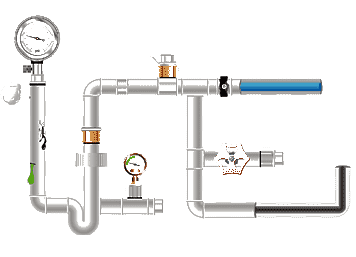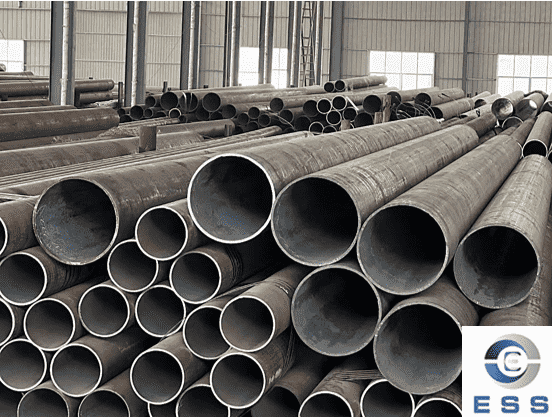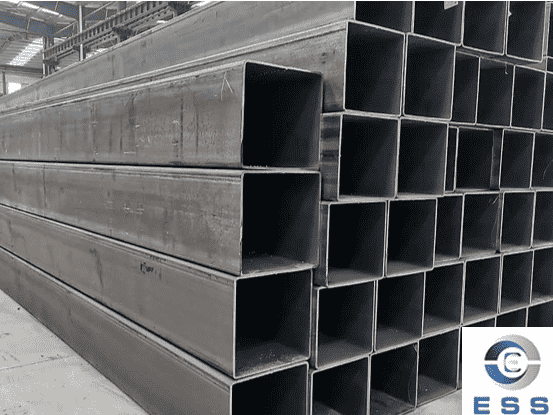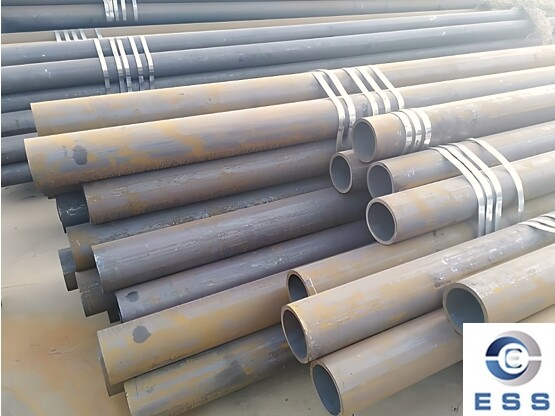
As an important industrial material, seamless pipe often needs to
be welded during processing and production. However, seamless pipe welding
often leads to cracks of varying degrees, which seriously affects product
quality and safety performance. So, what are the causes of cracks in seamless
pipe welding?
Causes of cracks
1. Grain boundary
precipitates
During welding, the
precipitates at the grain boundaries will melt and aggregate at high
temperatures, forming a certain cooling stress, causing cracks in the pipe.
2. Poor welds
During welding, the thermal
expansion coefficients and linear expansion coefficients between different
materials are different, which can easily cause deformation when the weld cools
and cause cracks in the pipe.
3. Alloy elements
During the manufacturing and
production process of seamless pipes, copper, manganese and other alloy
elements are easy to gather at the grain boundaries during welding, forming
brittle phases, causing intergranular cracks.
4. Improper welding
operation
If the welding temperature
is uneven, the welding parameters are inappropriate, the welding speed is too
fast, etc., it will have an adverse effect on the welding quality, thus causing
cracks.
Remedial methods
1. For cracks caused by
grain boundary precipitates
First, local heat treatment
is required, and the crack area is annealed (the temperature is controlled at
600~800℃) to
eliminate the aggregation of grain boundary precipitates and relieve residual
stress. Secondly, re-cladding welding, use low-hydrogen welding rods (such as
E7018) to grind and clean the cracks, re-weld and control the interlayer
temperature below 150℃. Finally, add grain boundary
stabilizers, add trace amounts of titanium (Ti) or boron (B) to the repair
welding material to inhibit the formation of brittle phases at grain
boundaries.
2. For cracks caused by poor
welds
First, crack assessment is
performed, and the crack depth and direction are determined by penetration
testing (PT) or ultrasonic testing (UT). Then repair the V-shaped groove, grind
a 60°~70° groove along the crack direction, and completely remove the oxide
layer and impurities. Use segmented welding method, small current, multi-pass
welding (each weld width ≤3mm), and hammer stress
relief after each welding. Finally, for important pressure-bearing pipelines,
reinforcement rings or casing pipe can be added after repair.
3. For intergranular cracks
caused by alloy element segregation
First, it is necessary to
adjust the material composition. When repairing, use nickel-based welding
materials (such as ERNiCrMo-3) to dilute the copper and manganese segregation
in the parent material. After repairing, dehydrogenation treatment (250~350℃ for 2 hours) is immediately carried out to prevent
hydrogen-induced crack expansion. Finally, laser cladding repair is carried
out. Laser cladding technology is used for microcracks to quickly remelt the
surface layer and refine the grains.
4. For cracks caused by
improper welding operation
First, parameter
optimization verification is carried out, and parameters are re-established
through welding process qualification (WPS/PQR) (such as reducing the current
by 10%~15%). Secondly, TIG remelting repair is carried out. For the areas where
thermal cracks have occurred, TIG welding without wire filling is used for
remelting to eliminate weld impurities. Finally, a stop hole (diameter 3~5mm)
is drilled at the end of the crack to prevent further expansion.
Measures to prevent cracks
1. Optimize welding process
For different seamless pipe
welding materials and thickness parameters, reasonable matching is carried out,
and appropriate welding parameters such as welding temperature and welding
speed are selected to reduce residual stress after welding, thereby avoiding
cracks.
2. Fine welding operation
Strictly control the quality
of welding operation, such as selecting appropriate welding technology and
tools, ensuring the neatness and tightness of welding joints, shortening the
welding process, and reducing the inertial effect of residual internal stress.
3. Adding appropriate
amounts of special elements such as rare earth elements
In the production process of
seamless pipes, special elements and compounds are added to form a certain
crystal degradation effect to reduce the generation of cracks.
4. Increase pipe preheating
treatment
Preheat the seamless pipe
before welding to make the temperature and temperature distribution of the
material uniform, avoid residual stress after welding, and thus reduce the
generation of cracks.
5. Choose the right
processing method
For example, adopt the
forging and hot manufacturing method (FV) or the thermal expansion method (TD)
to reduce the intergranular stress and deformation during the processing,
thereby reducing the occurrence of cracks.
Summary
In summary, the causes of
cracks in seamless pipe welding are relatively complex, but they can be
effectively prevented by optimizing the welding process, fine welding
operations, adding special elements, etc. Only when these preventive measures
are effectively implemented can the welding quality and the safety performance
of the pipe be guaranteed.









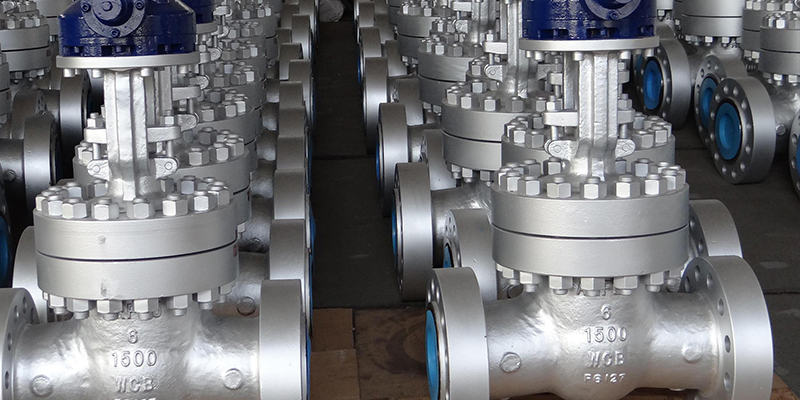
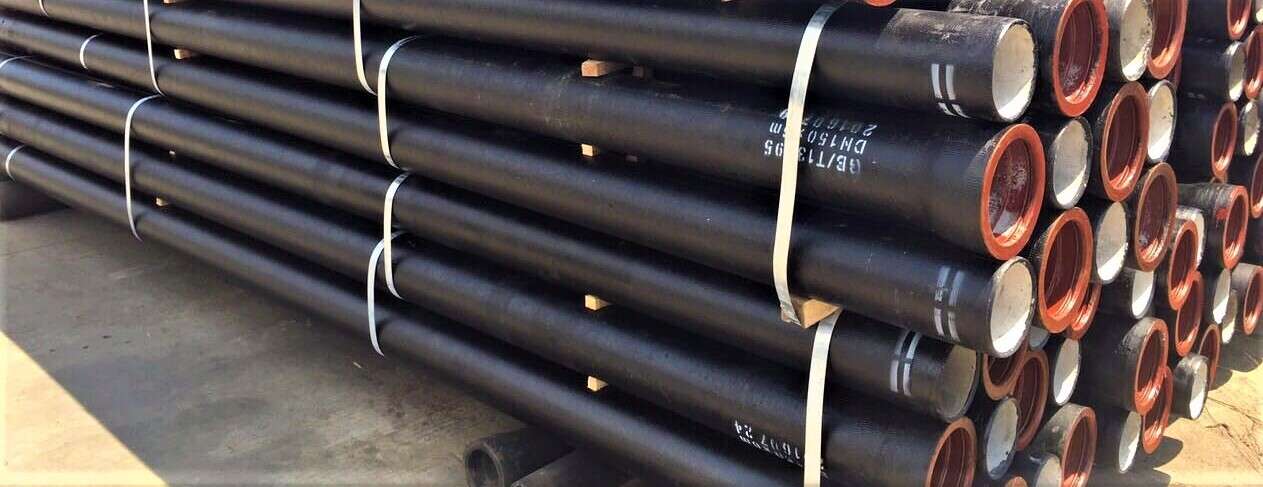


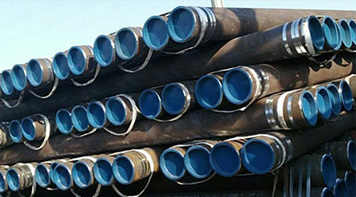 Eastern Steel Manufacturing Co.,Ltd not only improve product production and sales services, but also provide additional value-added services. As long as you need, we can complete your specific needs together.
Eastern Steel Manufacturing Co.,Ltd not only improve product production and sales services, but also provide additional value-added services. As long as you need, we can complete your specific needs together.
